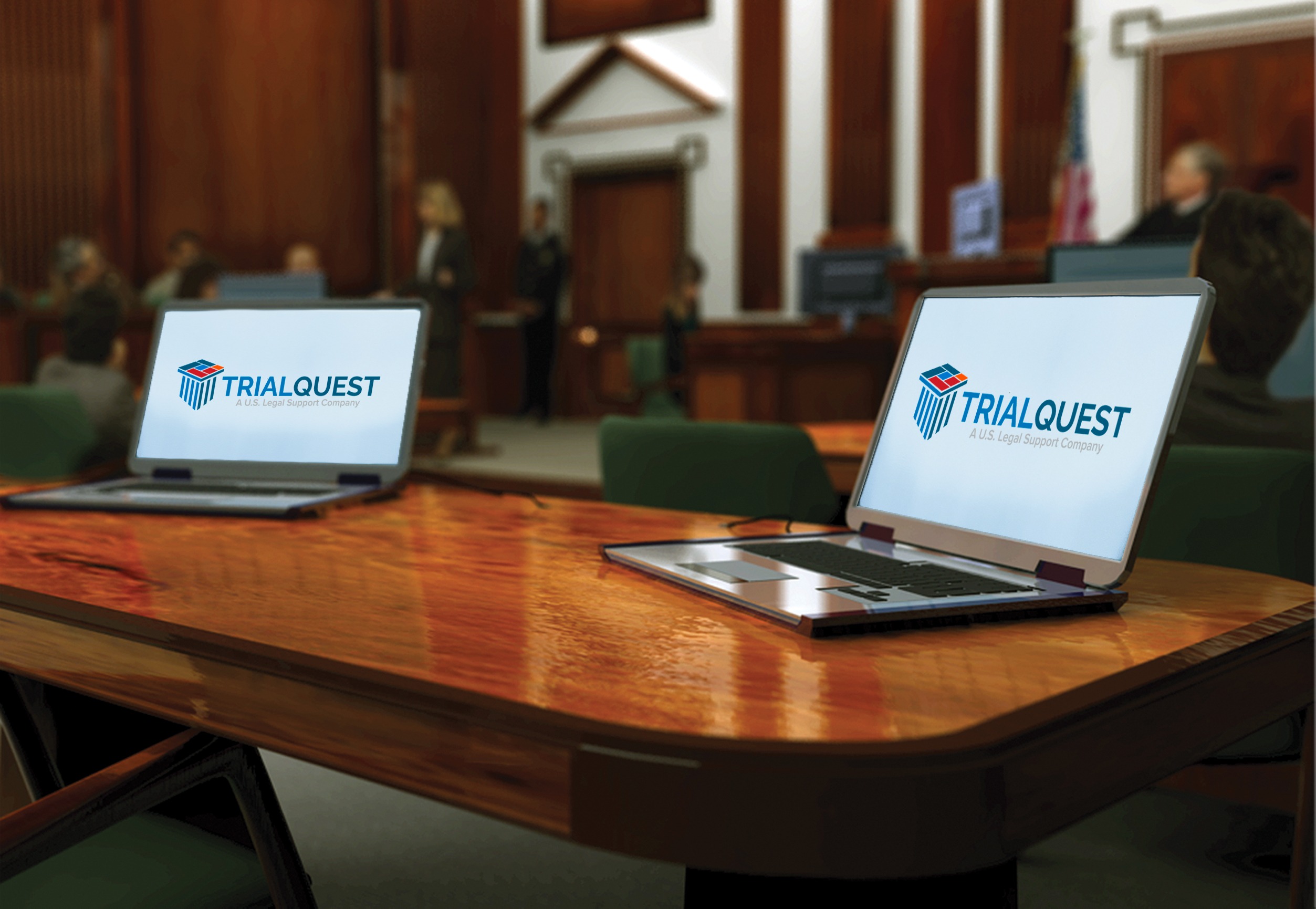How Trial Presentations Help Attorneys Clearly Communicate Legal Arguments
Enhancing Your Lawful Technique With Specialist Trial Presentations
In today's legal landscape, the relevance of professional trial discussions can not be overemphasized. As attorneys browse the intricacies of the court, the capability to successfully communicate detailed debates is critical. By changing thick lawful concepts into interesting narratives, practitioners can boost juror comprehension and retention. In addition, integrating multimedia tools and narration methods can develop an engaging background that not only notifies however also resonates emotionally with jurors. The inquiry stays: what particular techniques can attorneys use to raise their discussions and eventually influence trial end results?
Significance of Test Presentations
Trial discussions offer as an essential component in the legal procedure, successfully bridging the gap between complicated lawful arguments and juror understanding. The capability to boil down intricate lawful principles right into easily accessible narratives is essential for jurors, who need to make informed decisions based upon the evidence offered. A well-crafted discussion not just makes clear the instance however likewise boosts the persuasiveness of the debate, inevitably affecting the jury's perception.
In a period where interest periods are limited, the importance of engaging visuals and clear communication can not be overemphasized. Trial discussions offer to capture jurors' passion and preserve their emphasis, enabling a much deeper understanding of the facts and lawful issues handy. They give a structured framework that arranges the case, facilitating rational circulation and comprehensibility.

Trick Elements of Effective Presentations
An effective discussion in a court room setting hinges on several essential components that jointly boost its impact. Lawyers need to boil down complex lawful disagreements into succinct, conveniently absorbable points to guarantee jurors comprehend the core issues.
Aesthetic help play a vital duty as well, as they can substantially strengthen key messages. Effective use displays, charts, and diagrams can clear up complex information and emphasize crucial facts. Furthermore, the speaker's shipment design is essential; certain, engaging communication fosters reliability and keeps jurors' interest.
Lastly, understanding the audience is paramount. Customizing the discussion to the jurors' backgrounds and values can cultivate a connection that boosts receptiveness to the disagreement. In summary, quality, narrative framework, aesthetic aids, distribution design, and audience understanding are essential to crafting a reliable court presentation that reverberates with jurors and supports the overarching lawful approach.
Modern Technology in Trial Presentations
Modern court rooms significantly incorporate technology to improve trial discussions, improving the fundamental aspects of effective interaction established with clear messaging and appealing stories. The consolidation of audio-visual aids, such as high-def projectors and interactive screens, allows lawful teams to present proof in a more engaging manner. This innovation not just records Resources the court's focus but additionally facilitates a far better understanding of complicated information.

Digital tools, including discussion software program and digital exhibition management systems, improve the company and retrieval of evidence (trial presentations). Lawyers can quickly reference documents, pictures, and video clips, ensuring that important information is readily easily accessible during the test. In addition, using animations and simulations can vividly highlight crucial principles, making them much easier for jurors to grasp
Moreover, court room innovation promotes collaboration among lawyers, allowing real-time changes to discussions based upon jury reactions or unanticipated growths. The capacity to adapt on the fly is crucial in keeping engagement and reinforcing debates. As modern technology remains link to develop, its function in trial presentations will most certainly increase, supplying innovative means to connect successfully and persuasively in the search of justice.
Narration Methods for Influence
Effective narration methods are critical in providing impactful trial presentations, as they transform complex lawful debates right into relatable narratives. A well-crafted tale captivates the audience, making it much easier for jurors to comprehend and remember essential factors.
To produce an engaging story, attorneys should concentrate on developing a clear framework with a beginning, middle, and end. The beginning needs to introduce the situation context and its importance, while the center elaborates on the core problems, weaving in evidence and witness testaments that support the disagreement. Effectively, the finishing should reinforce the desired message, driving home the desired result.
In addition, integrating emotional components can considerably improve the story's influence. By humanizing the situation, lawyers can evoke empathy, enabling jurors to connect personally with the truths offered. Utilizing vivid imagery and narratives can additionally assist in showing complex styles, making them a lot more tangible and unforgettable.

Tips for Execution in Court
Executing storytelling methods in court needs careful planning and implementation to make certain that the narrative resonates with jurors. Begin by identifying the core message of your instance and straightening it with the emotional and factual elements that will certainly engage the court. Produce a clear and compelling narrative arc that consists of an introduction, a development of dispute, and a resolution.
Use aesthetic aids to enhance storytelling; exhibits, timelines, and multimedia discussions can aid highlight intricate concepts and keep juror passion. Exercise your shipment, making sure that body language, tone, and pacing follow the emotional weight of your tale.

Conclusion
In final thought, expert test presentations play an essential function in boosting lawful approaches by successfully connecting intricate disagreements to jurors. The combination of visual aids, clear stories, and emotional storytelling fosters juror involvement and comprehension.